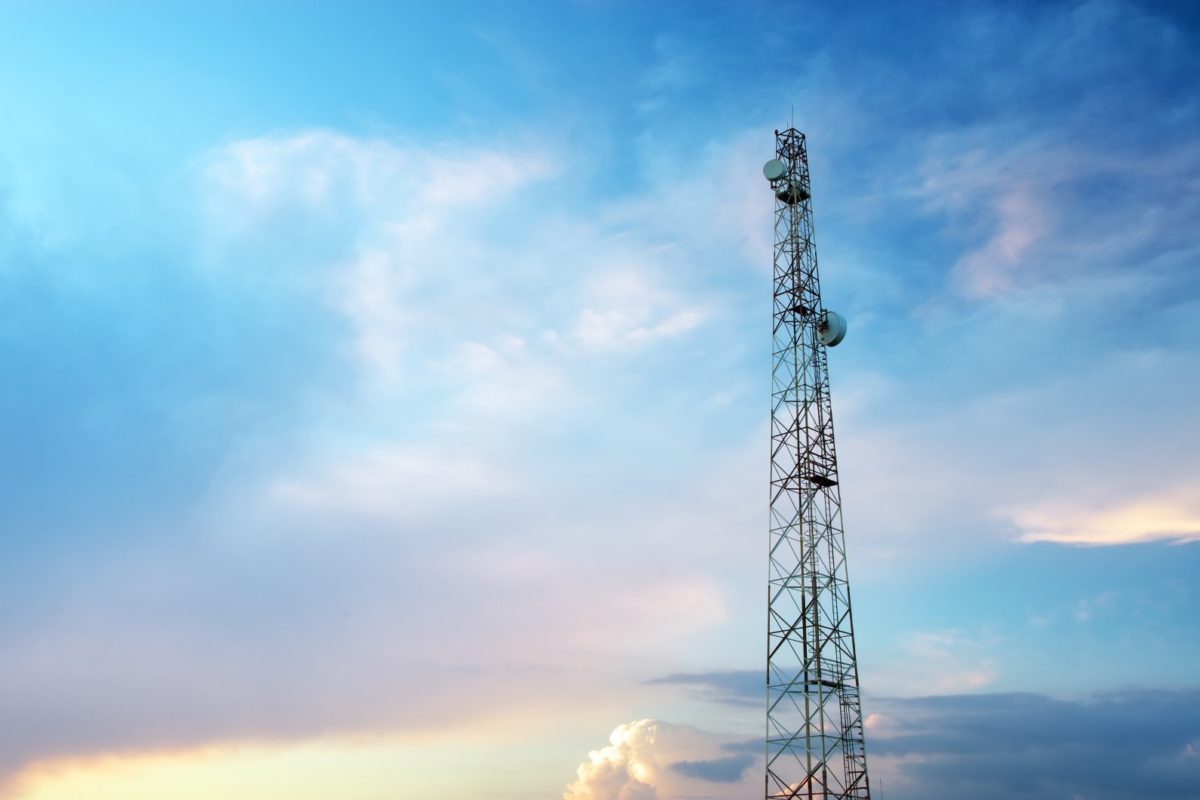Choosing the right internet connection for your business probably isn’t the thing that gets you out of bed in the morning. But here’s the truth—it matters more than most people think.
It’s easy to look at fibre broadband and a leased line and assume they’re basically the same. Both claim fast speeds, both say “business-grade” on the box… so why would you pay more for one over the other?
Well, in 2025, that answer’s changed a bit. Fibre broadband has improved—no doubt about it. But so have the demands on your connection. Cloud apps, remote working, constant video calls—they’ve quietly raised the bar. And suddenly, a “good enough” connection… maybe isn’t.
So let’s break it down. Not in tech speak. Just a plain look at the differences—and why they matter.
What’s the Real Difference? (And Why It Still Matters)
At a glance:
– A leased line is a dedicated, uncontended connection. You don’t share it. It’s all yours.
– Fibre broadband (FTTC or FTTP) is shared with other users in your area.
In practice, that means leased lines are far more consistent. They’re not affected by your neighbours watching Netflix or uploading to YouTube. Fibre broadband, on the other hand, might offer great speeds—until it doesn’t.
But that doesn’t mean fibre’s “bad”. Not at all. We’ve seen plenty of small teams running efficiently on FTTP. Still, if your business relies heavily on online systems, real-time tools, or remote access, those dips in speed and stability can start to wear thin.
Speed vs Consistency – What Do You Actually Need?
Let’s say your fibre package advertises 900Mbps. That’s seriously fast. But have you ever tested it at 9am on a Monday… or 4pm on a Friday? It might drop. Sometimes sharply.
Now compare that to a leased line offering 100Mbps—lower on paper, but it’s 100Mbps every time you test it. That reliability becomes more valuable the more your business depends on online access.
We once had a client switch from fibre to a leased line after repeated speed issues during peak hours. They were running an e-commerce store, and their site started lagging at exactly the worst time—when sales peaked. Now? Smooth sailing.
Cost – Not Just the Monthly Bill
Yes, leased lines cost more. Usually a lot more. And it can feel like a huge leap, especially for smaller businesses.
But it’s not just about the invoice. What about the cost of downtime? The lost sales, the frustrated team, the support tickets piling up?
We’re not saying a leased line is always the better financial choice—but the numbers don’t tell the whole story. If one hour of internet outage costs your business more than the difference in monthly fees, that changes the equation.
Reliability & Support – What Happens When Things Break?
It’s not a fun scenario, but it happens: the internet goes down.
With fibre broadband, fix times can range from “within 48 hours” to “best effort”. That’s… vague. And not much help if your phones and systems are offline while clients are trying to get hold of you.
Leased lines, on the other hand, come with strict SLAs (Service Level Agreements). Think guaranteed 4-hour response times, compensation for outages, and engineers who know your setup.
One of our financial services clients once lost fibre connectivity on a key trading day. They couldn’t process transactions. If they’d had a leased line, it likely wouldn’t have happened—and if it did, the fix would’ve been hours, not days.
Upload Speeds (Yes, They Still Matter)
Download speed gets all the attention, but upload speed is often where fibre broadband shows its limitations.
Most fibre packages offer much slower upload speeds than download. Fine if you’re browsing. Not so fine if you’re:
- Uploading large files to cloud storage
- Hosting VoIP calls
- Backing up servers remotely
- Running a remote support or development team
Leased lines offer symmetrical speeds—upload is just as fast as download. And in 2025, with remote working fully embedded into daily life, that matters more than ever.
Future-Proofing – What Will You Need Tomorrow?
Here’s the part that’s easy to overlook. You might not need a leased line today. But what about in 12 months?
Will you have more staff? More cloud systems? More demand on your bandwidth?
Fibre can work great for now. But it’s less scalable. Leased lines are easier to upgrade, and they often come with proactive support—you’re not just another customer on a shared line.
That said, we’ve seen businesses over-buy and regret it. A two-person team probably doesn’t need a leased line. But a 20-person company heavily reliant on VoIP, cloud systems, or real-time data? That’s a different conversation.
So… Which Is Best?
Honestly, it depends.
Fibre broadband is fast, affordable, and more capable than it used to be. For many small businesses, it’s all you need—and a huge step up from ADSL or old copper lines.
But leased lines offer peace of mind. They’re consistent, reliable, and come with proper support. If uptime is critical, or your team can’t afford slowdowns, the cost often justifies itself.
The key is asking the right questions:
- How much do you depend on the internet?
- What happens if it goes down?
- Are you planning to grow?
- Would losing an hour—or a day—hurt your bottom line?
If you’re not sure, that’s okay. Start with a conversation. At Carden Telecoms, we’ve helped businesses weigh up both options and choose what actually suits their needs—not just what sounds good on paper.
And if your current setup just isn’t cutting it anymore, maybe it’s time to look at something better.
Speak to our team today to learn more about our leased lines and fibre broadband options.





